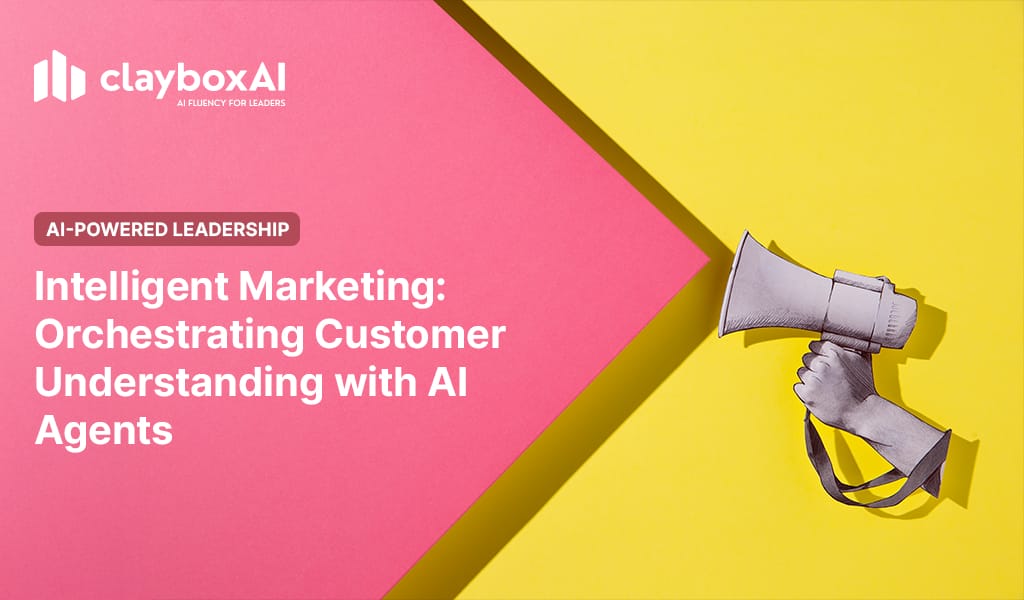Operations leaders are not just witnessing the AI revolution; they are actively spearheading it. Recognising the profound potential of AI to redefine efficiency and unlock unprecedented performance levels, they are at the forefront of driving its adoption to streamline intricate processes and achieve new heights of operational excellence. The value proposition is crystal clear: AI has gone beyond being a futuristic concept and firmly established itself as a present-day operational imperative.
From Streamlined Workflows to Smarter Decisions: The Operational Transformation
AI is already delivering tangible results within operations. A significant 60% of operations leaders are currently leveraging the power of AI for intelligent document processing, effectively freeing up valuable time and reallocating crucial resources. However, this is merely the initial foray into a much broader transformation.
The strategic vision extends far beyond basic automation, with ambitious plans to integrate AI into critical areas such as sophisticated workflow analysis, robust fraud prevention and detection mechanisms, and the streamlining of complex risk and compliance processes. Envision AI dynamically optimising intricate transportation routes in real-time, accurately predicting essential equipment maintenance needs before they even arise, or autonomously managing complex scheduling tasks with unparalleled efficiency. This is not a distant aspiration; it is the evolving operational reality that AI is rapidly creating.
Real-World Impact: Tangible Results Driven by AI in Operations
The transformative impact of AI within operations is far from theoretical; it is being witnessed firsthand by leaders across diverse industries. As one leader in the manufacturing sector enthusiastically shares, “With AI-powered vision systems and intelligent sensors, we’ve achieved significant boosts in efficiency, enhanced accuracy in our processes, and created a safer working environment for our teams.” Others emphasise the critical security benefits, noting, “From proactively detecting fraudulent activities to streamlining complex claims processing, AI is playing a vital role in safeguarding our transactions and fostering greater trust in our services.”
Even the most intricate logistical challenges are being effectively addressed, with one leader highlighting, “Our AI-driven logistics solution has not only significantly cut operational costs and saved valuable time but has also transformed previously complex operations into remarkably seamless and efficient processes.”
These compelling real-world examples powerfully illustrate AI’s capacity to deliver concrete and measurable results across a wide spectrum of operational functions.
Operations Takes a Strategic Seat at the AI Strategy Table
With a significant 54% of organisations prioritising tangible cost savings as a key driver for AI initiatives, operations leaders are rightfully claiming their position at the forefront of AI strategy development, actively shaping high-value use cases and championing their adoption. An impressive 56% of operations leaders are directly involved in the crucial process of defining these impactful AI applications. Yet, a critical disconnect persists: despite their significant influence on AI strategy, a mere 7% of operations leaders currently hold direct data governance responsibilities. This lack of direct control high-quality, accessible data presents a substantial impediment to realising its full potential within operational functions.
Navigating the Barriers to AI Adoption in Operations
Despite their proactive engagement in AI strategy and the clear recognition of its value, operations leaders face significant hurdles in achieving widespread and impactful AI adoption.
The challenge of accessing and integrating data across often siloed legacy systems severely limits the ability to gain a comprehensive, holistic view crucial for effective AI deployment. Furthermore, many operations teams struggle with the difficulty of identifying and strategically prioritising the AI use cases that will deliver the most significant business value. Persistent shortages of skilled professionals with expertise in both operational processes and AI technologies further compound these challenges. While these barriers are undeniably significant, they are not deterring operations leaders from their commitment to leveraging AI’s transformative power.
Operations Leaders’ Guide to AI Success
To effectively navigate the complexities of AI adoption and unlock its full potential within operations, leaders should focus on a strategic framework:
- Balance Cost Savings with Broader Business Priorities. While cost optimisation is vital, AI initiatives must not come at the expense of service quality or employee morale. Invest in thorough training, monitor staff feedback and emerging risks, and carefully weigh trade-offs like staff retention. Crucially, ensure every AI deployment fully complies with privacy and security standards.
- Align Stakeholders for Unified AI Success. Make the strategic value of AI crystal clear to every key player – from the CEO to the CFO (showing the tangible ROI) and fellow CXOs (highlighting cross-functional gains). Strengthen ties with tech teams to secure the right infrastructure, solid AI platforms, and watertight security. Worryingly, Ecosystm finds only 19% of organisations have a cross-company AI strategy that truly unites all key stakeholders – a clear gap to close.
- Run Deeper, More Rigorous ROI Calculations. Look beyond basic cost savings. Factor in total ownership costs – date preparation, integration, maintenance, training, and hosting. Pin down both hard benefits (efficiency, cost cuts) and soft gains (revenue growth, better customer experience). Set realistic timelines, run sensitivity checks, and roll out in phases to manage risk and build early wins. Ecosystm data shows only 10% of organisations conduct detailed TCO analyses, a costly blind spot.
- Break Down Data Silos with Purpose. Audit where data sits, what forms it takes, and who owns it. Use solid integration tools (APIs, ETL) to enable smooth data flow. Build a centralised data catalogue to boost visibility and access. Create a culture where data-driven decisions thrive across every operational team. 63% of operations leaders flag data silos as their top concern – more than other business (56%) or tech (51%) leaders, underscoring the urgency to tackle this head-on.
AI is the Future of Operations – and It’s Here
Despite the hurdles, operations leaders are doubling down on AI. Seven in ten plan to prioritise strategic AI investments in 2025 and beyond, chasing cost savings and efficiency gains. A key next step: zeroing in on high-value AI use cases for operations. This practical, focused approach signals a growing recognition that future competitiveness will hinge on smart AI integration. By tackling today’s barriers and executing with precision, operations leaders can fully unlock AI’s transformative power and reshape their organisations for lasting success in the age of intelligence.


